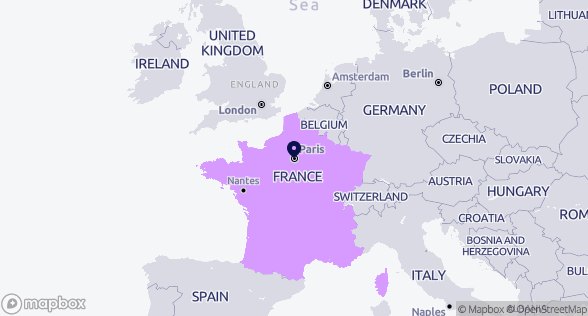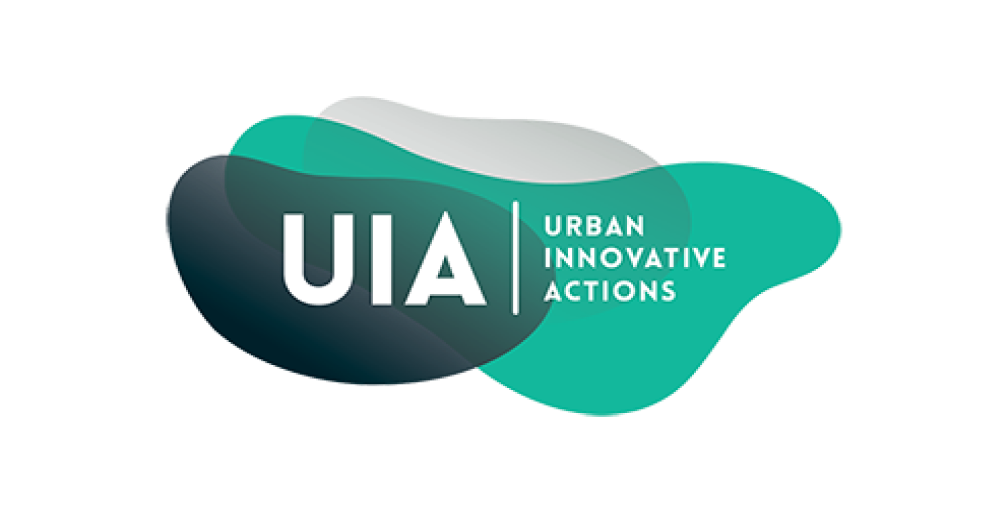
Toulouse Metropole
France
COMMUTE - Toulouse Metropole
Located in the north-west of the conurbation, the aeronautical and airport economic activity area, like other job hubs, suffers from poor accessibility because of congested transport networks. This results in delays (24 hours 24 hrs lost per driver per year in traffic jams in Toulouse’s conurbation in 2016), losses in activity, stress and an increase in noise and pollution from the massive use of private cars. In the north-west area, private cars have a high modal share (73% according to a 2013 household mobility survey). The area is peri-urban area and lacks adequate mobility infrastructure.
Through its COMMUTE project, Toulouse Metropole sought to reduce traffic congestion in this zone by offering alternative sustainable mobility solutions to commuting employees. Collaboration and participation were the engines of the project. A Local Mobility Committee was established in which 9 stakeholders from private companies and the public sector present in the airport area designed a common mobility strategy, to be implemented through a collaborative ‘Mobility Management Plan’. Its goal was to boost the shift from private car use to public transportation, carpooling, cycling, and walking. It developed specific services (inter-company carpooling, cycling services, trials with walking) and established mobility managers in companies to encourage employees to change their commuting habits.
An urban mobility digital platform was developed to measure and analyse trips and support collaborative decision-making by mobility decision-makers based on real-time data.
This is a case study as part of an UIA report. You can access all of the project's resources on its project collection page.
2. Toulouse Metropole and Just and Green Transitions
2.1 What are the implications for Toulouse Metropole?
The Metropole area is composed of 115 municipalities and is home to more than one million inhabitants. It has experienced significant demographic and urban growth, with an additional 15,000 inhabitants and 7,000 jobs added each year. This growth was impacting mobility, and it was estimated that by 2025, the number of daily trips in the Greater Toulouse conurbation would reach 4.5 million.
Faced with this growing congestion, COMMUTE’s Inter-company Mobility Plan addressed needs and put forward strategies for sustainable mobility that were co-designed by stakeholders (Airbus, Toulouse-Blagnac Airport etc.) to address a blind spot in mobility policy: the conditions for behavioural change. It was a collaborative, co-creative approach based on data gathering, data analysis and the design of the most appropriate solutions.
The Metropolitan Mobility Plan does not directly address vulnerable groups in its policies but does so by extending the public transport lines to cover wider geographical areas as well by combining different modes of transport (e.g., cycling lanes, trams, cable car, pedestrian areas, carpooling, as well as making transport more accessible for disabled people).
Although beyond the scope of the COMMUTE project, the Toulouse Métropole is also seeking to ensure that its public transport is accessible to disabled people. It established the Urban Network Accessibility Commission (CARUT) as a consultation body in 2008, and won the third prize in the European Commission’s Access City Award in 2016, with a special mention as a ‘Smart City’. Toulouse also wants its public transport services to be affordable to all. It has introduced a ‘solidarity fare’ for people with reduced mobility (children, students, seniors & retirees, low-income people, asylum seekers, jobseekers and young people). These groups are entitled to either a reduced fare or a free fare on public transportation.
2.2 What barriers has Toulouse Metropole faced implementing the just & green transition?
As in most other strongly urbanised conurbations, cities generally cannot afford to build entirely new public transport infrastructures and develop services in the short term that would increase transport sustainability. At the same time, promoting the adoption of more sustainable mobility practices (such as walking, cycling, carpooling) faces many personal, social, cultural, and safety/security barriers. Many prefer to be alone in their own car, which provides them comfort. Cycling is difficult, dangerous, and suitable only for short commutes, and so on.
3. How does COMMUTE promote the just & green transition?
COMMUTE focused on the aeronautical and airport area, as it is the main economic zone in the Toulouse metropolitan area. It is where 71 000 people work and it is the location of Toulouse’s international flagship facility: the Toulouse-Blagnac airport. The project provided sustainable mobility solutions for employees facing a daily commute through highly congested roads. The mass use of private cars was making the workplace inaccessible, causing delays, and lowering economic activity and increasing stress, noise and pollution.
A survey showed that 50% of people have already refused a job or training opportunity because of a lack of mobility options. When mobility is recognised as one key to accessing employment, the ease of daily travel is essential to being able to function normally and enjoy a balanced life. The challenge is to offer suitable mobility solutions that have lower CO2 emissions given the significant contribution of the transport sector to global warming.
Two new factors gave the new COMMUTE carpooling service greater success: a critical mass of participating companies, with around 40 000 employees and a more efficient and user-friendly ICT application supporting the service. The modal share for cycling increased by six points between 2017 and 2019 and for three participating companies (ATB, ATR and Safran), it rose by 11%. A mid-term evaluation report (2017-2019) estimated that the reduction in car use contributed to saving about 1.3 tons of CO2. If extended to the entire airport area, where over 70 000 people work, the potential reduction would be 23 tons over a one year period.
4. Keys to success
a. A broad-based mobility governance model
The creation of the COMMUTE Local Mobility Committee (CLMC) made it possible to use a collaborative and constructive working methodology to arrive at a shared vision of urban mobility in the COMMUTE area. This approach, which included private and public stakeholders, has ensured sustainable, long-lasting, and replicable results.
The COMMUTE mobility governance model (specifically through including technically competent partners) also enabled private companies and public authorities to share data, which made it possible for them to share common goals and take joint action. This coordination gave rise to the joint Mobility Management Plan, including the car-sharing scheme with cycling training and teleworking initiatives.
b. Joint Collaborative Mobility Plan
Before COMMUTE, every company in the airport area had its own employee mobility plan. COMMUTE convinced all its participants to co-design a unique joint plan for all companies under the name of the ‘COMMUTE Inter-company Mobility Plan,’ which included insights, needs, and strategies for sustainable mobility.
c. Cycling training
Riding a bicycle may seem easy, but cycling safely on a daily commute is not. Although cycling was not initially included in the project, partners, especially from the private sector, identified a genuine interest from their employees for an initiative on cyclocommuting. So COMMUTE put in place a training course for employees. The course covered three levels of cycling skills: advanced, intermediate, and beginner, and it guided participants through an online in person training course to improve their ability to cycle on a daily basis.
5. Scaling up and replication potential
The COMMUTE project has already shared its solutions widely. There has been a lot of interest in how Toulouse organised the collaborative public-private governance of mobility in the airport and aeronautics zone and how it brought together the public mobility operators with the major companies of the zone to reduce the impact of individual car use for home-work trips. COMMUTE is also entirely transferable to other employment clusters that are experiencing road congestion problems. Partners included the COMMUTE deliverable ‘Collaborative management of an urban mobility project - Reference system’, developed jointly by all the partners, to make it easier to transfer the ‘COMMUTE method’ to other local authorities and employment clusters elsewhere in France or in Europe, which are seeking to improve home-work mobility.
Toulouse Métropole and Tisséo Collectivités (the Métropole’s public transport company) are deploying the COMMUTE Intercompany Mobility Plan in other employment areas of Toulouse Metropole as part of the knowledge transfer following the end of the project. COMMUTE has also inspired work on multimodal mobility with a focus on sustainable transport in the VILAGIL initiative and the Ecomode mobility app.
References
Vanessa Holve (2018) The COMMUTE Project Journal N°1, https://uia-initiative.eu/sites/default/files/2019-02/Toulouse-COMMUTE-Journal.pdf
About this resource
The Urban Innovative Actions (UIA) is a European Union initiative that provided funding to urban areas across Europe to test new and unproven solutions to urban challenges. The initiative had a total ERDF budget of €372 million for 2014-2020.
Similar content






Want to replicate this urban practice in your city?
Apply to an EUI City-to-City Exchange
Connect with a peer city who can bring you solutions and expertise and apply together to receive EUI support
More infos on EUI websiteBrowse existing Innovative Actions looking for Transfer Partners and cities willing to do a City-to-City Exchange looking for peers